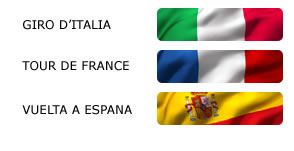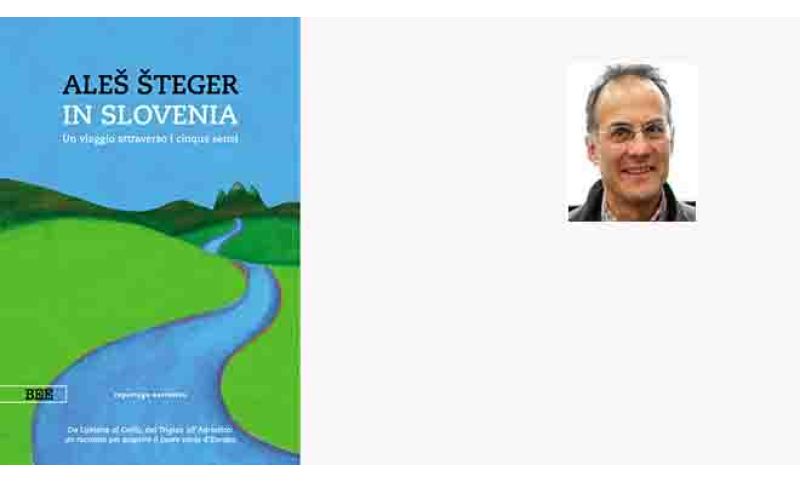

A small – green – spot in the middle of Europe. "Nowhere else is there so much Europe in such a tiny space", "The greatest differences in a minuscule area", "An accumulation of microcosms, more of a honeycomb than an anthill". Slovenia. Tadej Pogacar is its ambassador, Ales Steger its storyteller. "In Slovenia" is, as the book cover states (Bottega Errante Editions, 224 pages, 18 euros), "a journey through the five senses". Slowly. With patience. With attention. Perhaps by bike. Better by bike. Therefore, by bike.
Page 174, paragraph "Cycling in Ljubljana", opening line "To tell the truth, Ljubljana, indeed the entire Slovenia, seems perfectly made for cycling". Because distances are minimal, because bicycles are rarely stolen (the author only twice in twenty-five years, and one of those times he found it a hundred meters from where he had locked it), because for certain short routes you arrive faster by bike than by bus, because Ljubljana was once as congested with traffic as Mexico City and Athens and now looks like Amsterdam or Copenhagen, because urban, and therefore cultural policy, sees the bicycle as central, subjecting cities to a "radical beauty treatment". Except that...
Except for the particular way of cycling in Ljubljana. Steger argues that there is a "unique circulation concept", reassures that "it's easy to get used to the typical cycling rules", states that "there are only two simple rules to follow, which is enough to be armed for the battle on the cobblestone bike paths", the first being "rules only exist as long as they are advantageous for me", the second "there are no rules if they are not advantageous for me", explains that "it is a place of coexistence without clear rules and with possible painful consequences and fines in case of violation" and suggests "playing dumb", "a kind of urban jungle".
Steger divides "In Slovenia" into four parts: the general about the particular (language, identity, religion, safety...), the senses (from potatoes to honey, from wine to beer, from art to swear words...), landscapes (hills, forest, mountains, water, Karst, plains and sea), places (besides Ljubljana, also from Maribor to Koper, from Tolmin to Kobarid, from Beld to Klagenfurt...).
He suggests the Parenzana, which connected Trieste to Poreč (Parenzo) in Croatia, "and on whose route a charming bicycle path has been opened". Steger's journey is practical and, at the same time, literary. "Piran shows the beauty of melancholy, with its worn stone stairs leading to the monastery of the Franciscan friars of San Francesco and its splendid inner courtyard with cloister. One wanders through the narrow alleys of the old town, full of a rotten smell, or in the cemetery located beyond the city walls, which the writer Ciril Kosmac, in his novella 'Stostollà', describes as a magical and fatal place". Steger's journey is poetic when he quotes Scipio Slataper ("My Karst is hard and good, every blade of grass has split the rock to sprout, every flower has drunk the drought to open") and ironic ("The New York of Slovenia – not because of skyscrapers, which don't exist in Novo mesto, but because for six hundred and fifty years the city has been called 'new'"). Steger's journey is personal ("I still remember the 1990s, when, as a literature student, I arrived in Ljubljana, and soon found myself in literary circles. Back then we didn't drink, we were already drinking alcohol for breakfast") and for everyone. And it can be done alone, sitting, at home, by reading "In Slovenia".

Se sei giá nostro utente esegui il login altrimenti registrati.